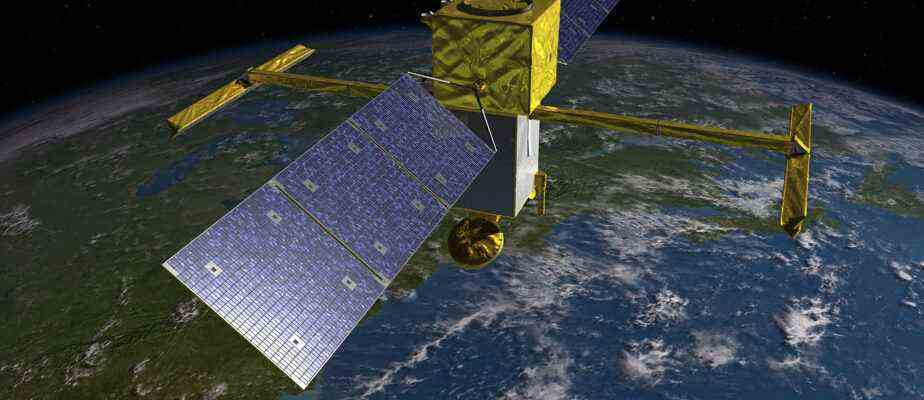An international satellite that took off Friday on a SpaceX rocket will revolutionize the monitoring of water bodies and wetlands in Canada and elsewhere.
“We will be able to see all the lakes of 250 meters by 250 meters and the rivers of more than 100 meters, probably less”, explained during an information session Mélanie Trudel, professor of civil engineering at the University of Sherbrooke. , who is part of the scientific team of the SWOT (surface water and ocean topography) satellite. “This is the first satellite that will measure the level of inland waters and for the oceans, we will have much greater precision. »
SWOT has been in the works for 15 years and Mme Trudel has been working there since 2015. She will notably contribute to the calibration of the satellite’s instruments. During the first months of its mission, it will be slightly lower than during the operational phase, at 857 km against 891 km. He will therefore be able to see the same bodies of water more frequently, in particular Lake Saint-François, where the team from the University of Sherbrooke will simultaneously take direct measurements of the water level.
Water level data is taken regularly for just 3,000 lakes of Canada’s one million lakes that are likely to be observed by SWOT, according to Mme Trudel. The satellite will monitor the water bodies of 90% of the planet’s surface. It will pass over the same point every three weeks.
For the first time, we will be able to see the small eddies in the rivers which are very important for the exchange of heat and carbon. We will also be able to observe wetlands.
Mélanie Trudel, professor of civil engineering at the University of Sherbrooke
The small currents along the coasts will also be better understood, said Guoqi Han, researcher at Fisheries and Oceans Canada, during the briefing organized Thursday by the Canadian Space Agency. All of this information will be crucial to understanding the impact of climate change on lake levels, the drying up of wetlands and the risk of flooding.
SWOT also has a unique ability to take measurements across a strip, rather than just at specific points, said Vincent Fortin of Environment Canada during the briefing. “It’s important because the water level on a body of water is not equal everywhere. »
The SWOT mission will only last three years. Its budget is 1.1 billion US. In addition to NASA and the Canadian Space Agency, their counterparts in France and the United Kingdom participate in the program.
Learn more
-
- 62%
- Proportion of the world’s lakes that are located in Canada
Source: University of Sherbrooke
